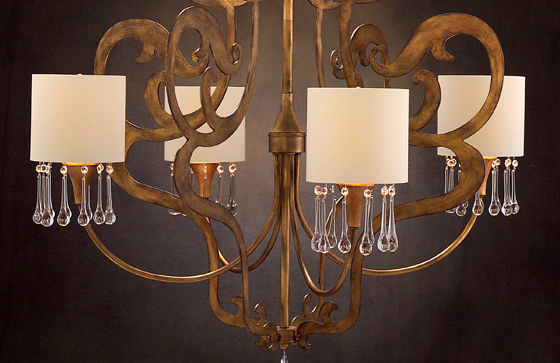Several weeks ago a long-time client called to let me know that she is closing up shop. No more nine-to-nine grind as an attorney. No more guilty people calling her at all hours of the day and night.
Nope, she is headed for the beach!
The romance of this sounds wonderful, but the practical part is a factor.
My client, who is an analytical type, panicked realizing that her new home is a sixteen hour drive from here, called to ask me if she could hire me for a few hours to teach her the “rules” of interior design.
I was speechless. Did she think a designer just goes to school, learns a few basic “rules” and then heads out the door with a color deck and tape measure in hand?
After a few days of pondering what I initially perceived as a slight to me and the profession, it occurred to me that she has no idea of the process. She couldn’t possibly since her thought process is the polar opposite.
I did my best to politely explain to her that I couldn’t teach her the “rules” because behind every rule are 100 exceptions. Good design is a blend of science, engineering and art. The science and engineering part are constants … the art is the soul of the process and is seen and felt. It is intuition. It defies explanation.
Just this week, I have been guilty of breaking at least ten hard and fast “rules” for reasons based on practicality, personal needs of the client, and on a vision of the final outcome pure and simple.
Rooms that turn your head in House Beautiful and on Houzz are never an essay on the “how to decorate” nor are they a final exam on the rules.
They are, instead, beautiful because the geometry of the space is felt by the designer and intuition leads him to the right components for balance.
Those spaces work because the focal points are carefully positioned and this is a conscious and unconscious process on the part of the designer.
To convince my client that I would not be doing her a favor by giving her some decorating information to take on to her new destination (I actually thought of it as enough rope to hang herself!), we toured a few places where I was terribly guilty of breaking some of the hard and fast rules in design.
The first was a dining room where the chandelier was far too large for the table based on the rules. The key here was that there was a strong need for drama in the room. There was little space for art so the focal point had to be achieved in the center of the room. The selected chandelier worked because it was airy … it demanded less visual space while it did a spectacular job of being the star of the room.
Right next to that room was a foyer with an 18 foot ceiling. I didn’t want this fixture to compete with the dining room fixture but it had to remain sophisticated enough to complement the beauty of this space.
The fixture selected here was smaller than expected but it worked beautifully because it was dense with crystals. This gave it a quiet drama that was appreciated without screaming.
After a few more examples, my extremely bright client “got it”.
It really is not about refusing to give up secrets that I hold near and dear. It truly is that a designer just sees and feels much of what is needed and that cannot be taught … even in the best of design schools.



